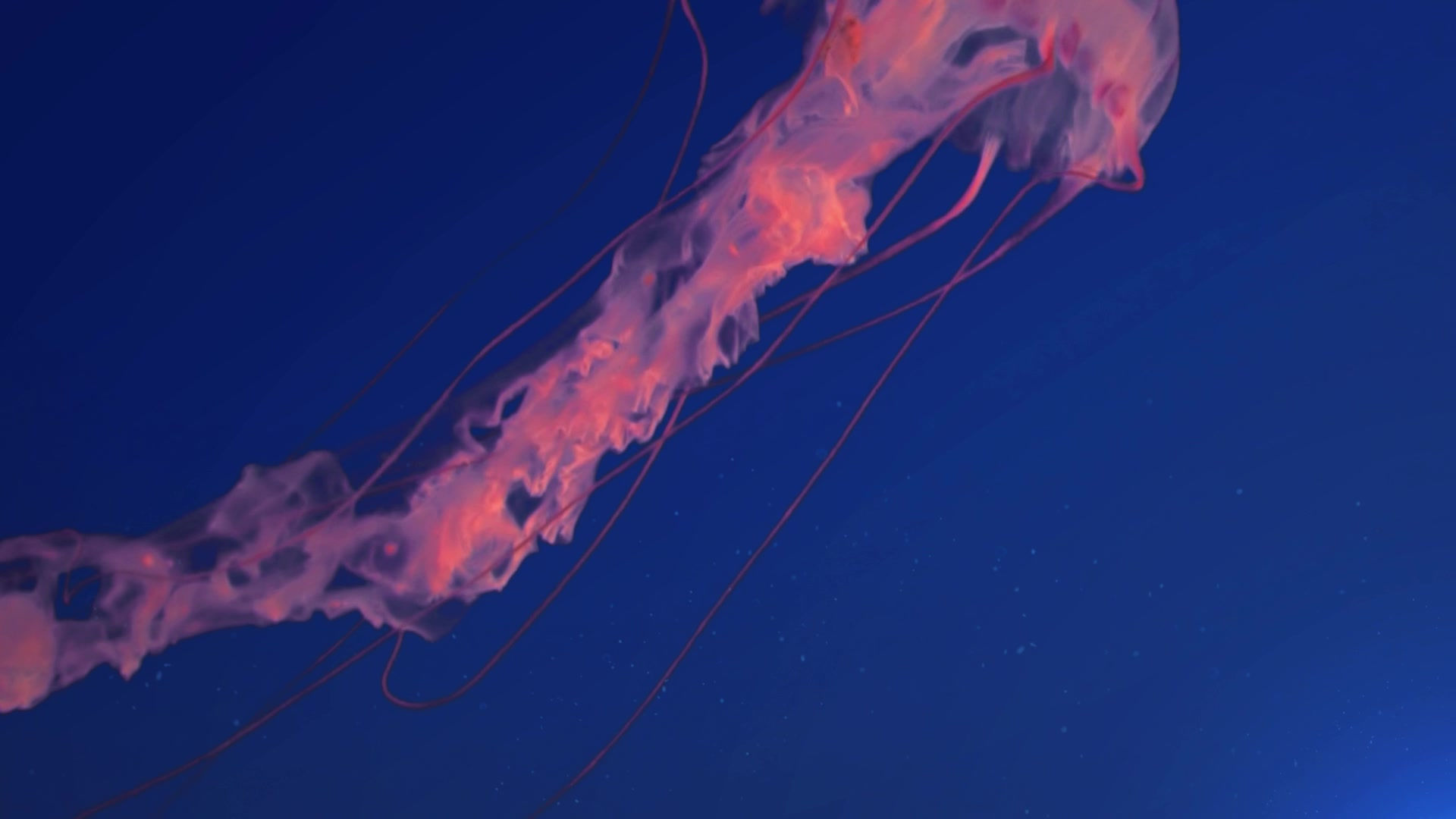
SC.912.L.17.5 Population Size and Dynamics EOC Review
-
You need to know how population size is determined by births, deaths, immigration, emigration and limiting factors.
-
You need to be able to use data about population dynamics, abiotic factors, and biotic factors to explain a change in carrying capacity and population size in an ecosystem.
-
You need to know the potential changes in an ecosystem resulting from seasonal variations, climate changes and/or succession.
-
You need to know the positive or negative consequences that result from a reduction in biodiversity.
TUTORIALS
The environment is composed of a variety of living things (BIOTIC FACTORS) and nonliving things (ABIOTIC FACTORS). Every organism interacts with both living and nonliving things in its environment. These factors affect the number of organisms that can live in an ecosystem.
POPULATION SIZE is affected by:
Number of births
Number of Deaths
Immigration
Emigration
Limiting Factors
Anything in the environment that can limit the size of a population is called a limiting factor. Limiting factors can either biotic or abiotic.
Population Density and Limiting Factors
There are two main types of Limiting factors, A limiting factor that depends on the size of a population is called density-dependent limiting factor. These factors have an effect when the population density reaches a certain point. Density-independent limiting factors limit the size of a population regardless of its size.
The carrying capacity of an ecosystem depends on:
1. The number of organism living in the ecosystem
2. The size of the ecosystem
3. The most limited resources needed for survival that begin to run out first
The population stops growing when it reaches the carrying capacity of its ecosystem. As the carrying capacity is reached the population size stabilizes, or levels off


